Crayon to CAD – A History of Post-War Automotive Design in Australia
by Paul Beranger
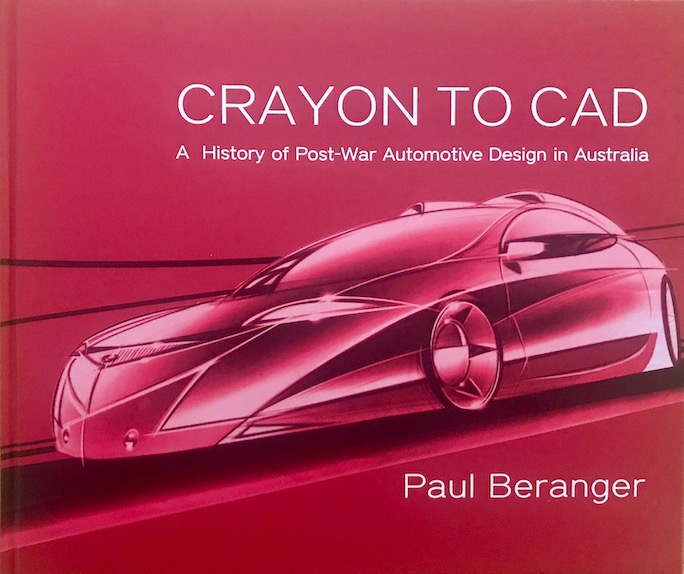
Despite the subtitle of this book being A History of Post-War Automotive Design in Australia, its broad content will appeal to anyone interested in the design of motor vehicles and their associated components. This is a hefty tome measuring 31.5 cm x 26.5 cm (roughly 12.5 x 10.5 inches). Its weight will preclude it being read in bed but the heft delivers with a mass of interesting content.
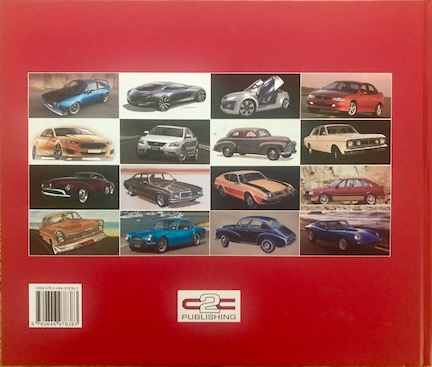 Beranger is an Australian automotive designer, planner, and marketer who cut his teeth at General Motors–Holden starting in 1968 before moving on to Nissan and after various other stops finished his professional career at Toyota establishing a world-class design complex. This varied and global industry experience is a solid frame of reference for this book about the Australian scene.
Beranger is an Australian automotive designer, planner, and marketer who cut his teeth at General Motors–Holden starting in 1968 before moving on to Nissan and after various other stops finished his professional career at Toyota establishing a world-class design complex. This varied and global industry experience is a solid frame of reference for this book about the Australian scene.
After the Preface, which covers a history of car design in Australia, the author uses chapter 1 to cover a broader history of the development of the automobile and with it its design developments from buggy-like vehicles, through bodies designed and built for imported chassis, then on to the design and manufacture of complete automobiles.
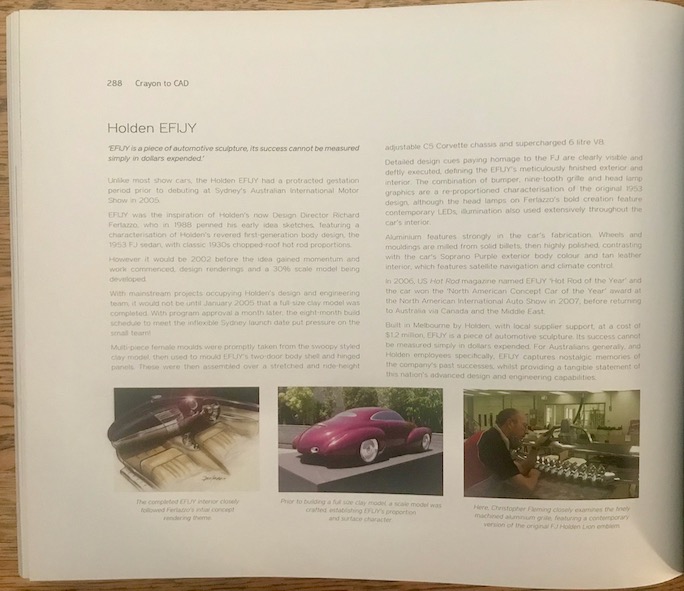
The next two chapters describe Australia’s design studios for products from Holden (GM); Ford; Chrysler/Mitsubishi; BMC/Leyland; Toyota; and Nissan. Following this, design tools, materials, and processes are detailed with very good illustrations and photos. Rendering, creative sketching, modelling, and even the types of clay that were used to create the models are explained. I particularly like a cutaway drawing of a Holden Monaro. I have always been in awe of the artists who can create such works. It is interesting to read how the source of designers shifted from engineering or fine arts students to graduates from industrial design courses.
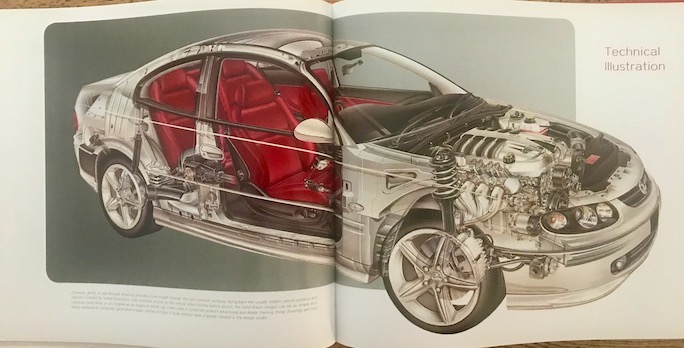
The first of 23 biographies appears in this section. Each biography is a page or two long and is placed amongst the content to which it is most relevant. Quotations are included at the top of each of the biographies. Designer Carl Cerra says: “My ideal job would have been as a toy designer. I guess I never really grew up.” These biographies make for interesting reading, one that I found particularly illuminating was Josef Ganz whose quote was simply “I invented the Volkswagen.” This talented Jewish man fled Nazi Germany for Switzerland, but even there he was hounded by the Gestapo which caused him to flee via Paris to Australia. His main work in Australia was with General Motors–Holden.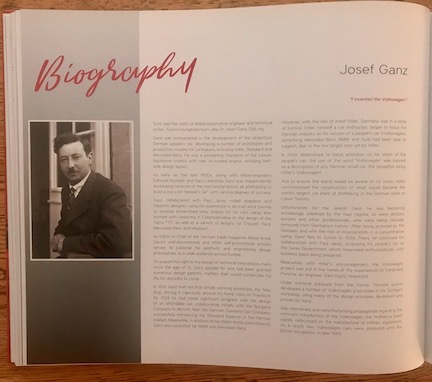
There are seven chapters covering each decade from the 1940s through to the 1990s, and then the period from 2000 through to the 2018 when this book was published.
The final four chapters cover some fascinating independent Australian manufacturers. Technologies including wheel development from steel through “mags” then carbon fiber; Motorshows and Concept Cars; and finally: The Future is Now, a look at what could be designed for our future mobility.
This is a well-researched book with a plethora of absorbing content. Even after it has been read this publication will find a place on the shelves and become a valuable reference source. There’s a good Glossary as well as References, Credits, and an Index. A very few pages of my copy have minor print smudges, which is a shame for what is otherwise a quality production.
Copyright 2024, Peter R. Hill (speedreaders.info).


 RSS Feed - Comments
RSS Feed - Comments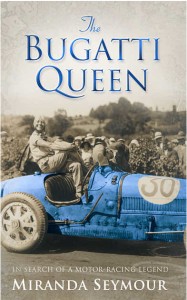
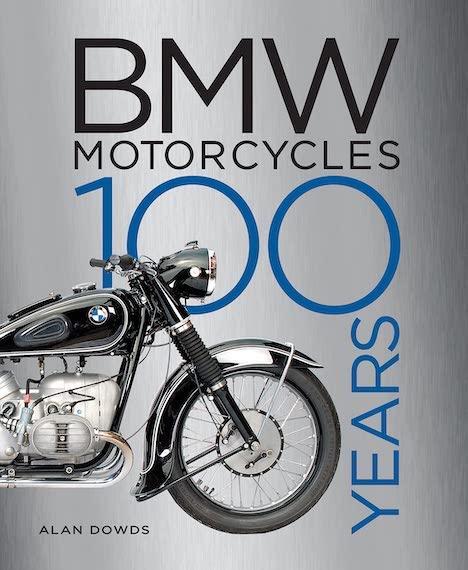
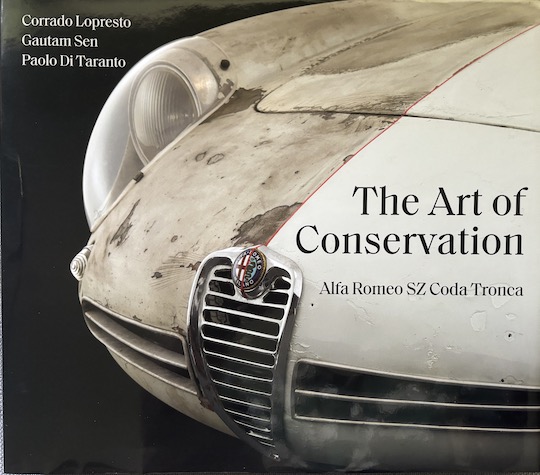

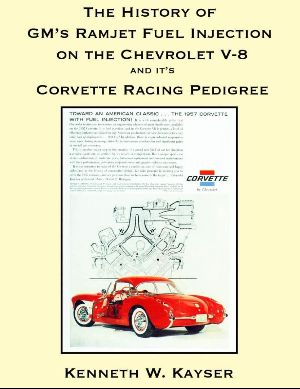
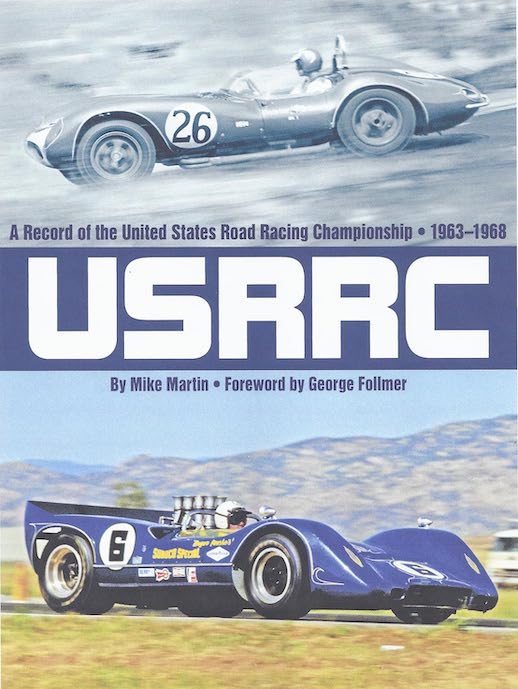
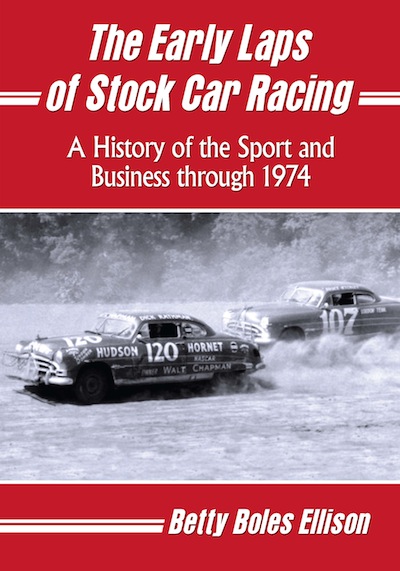
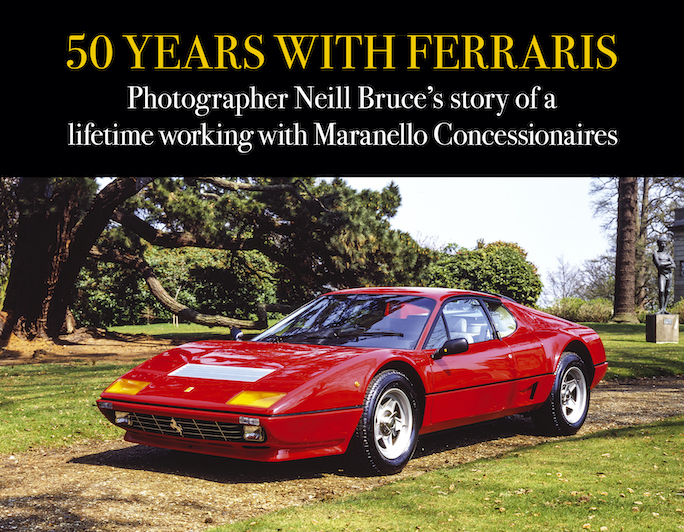

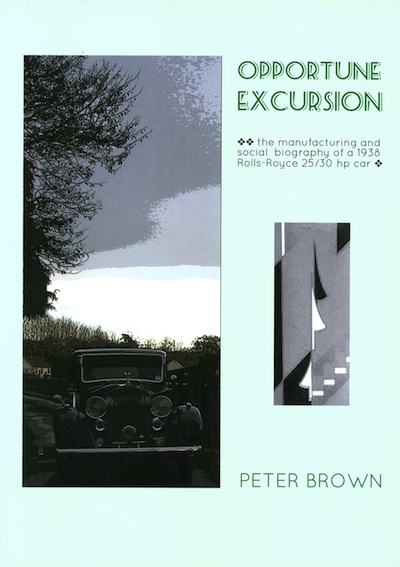
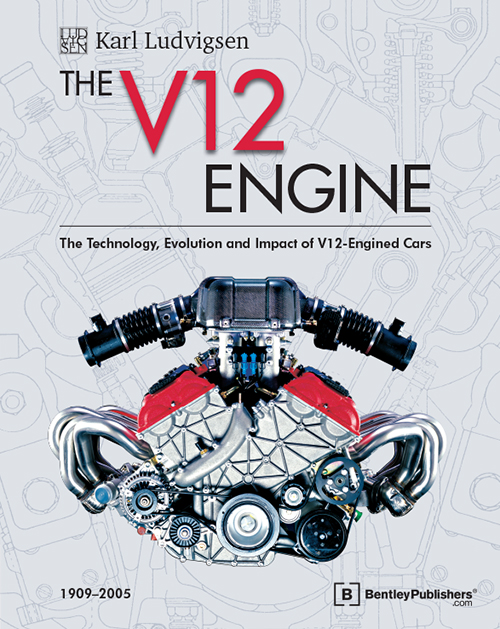
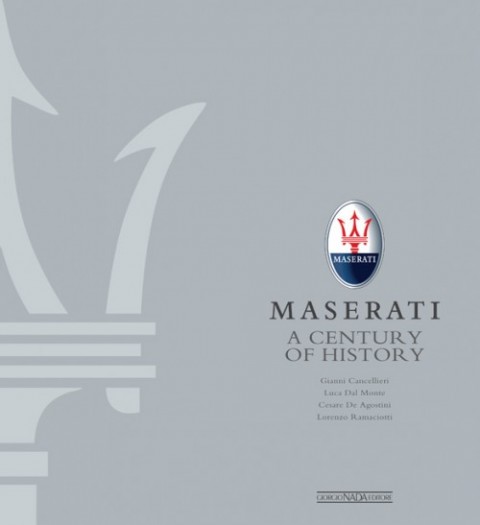

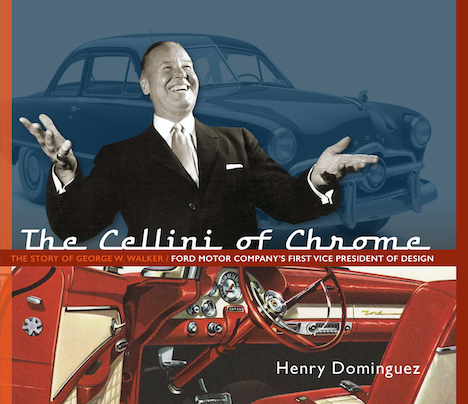
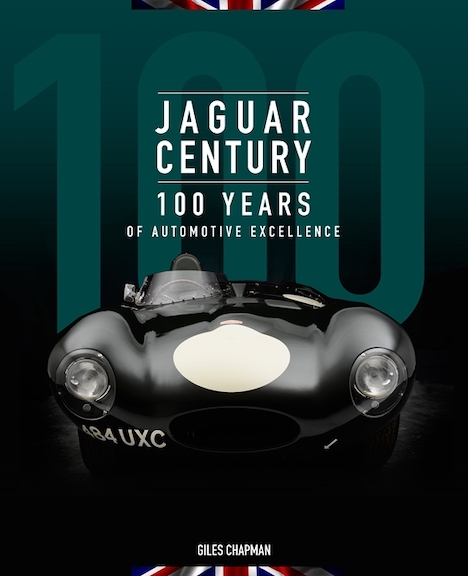


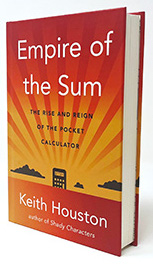
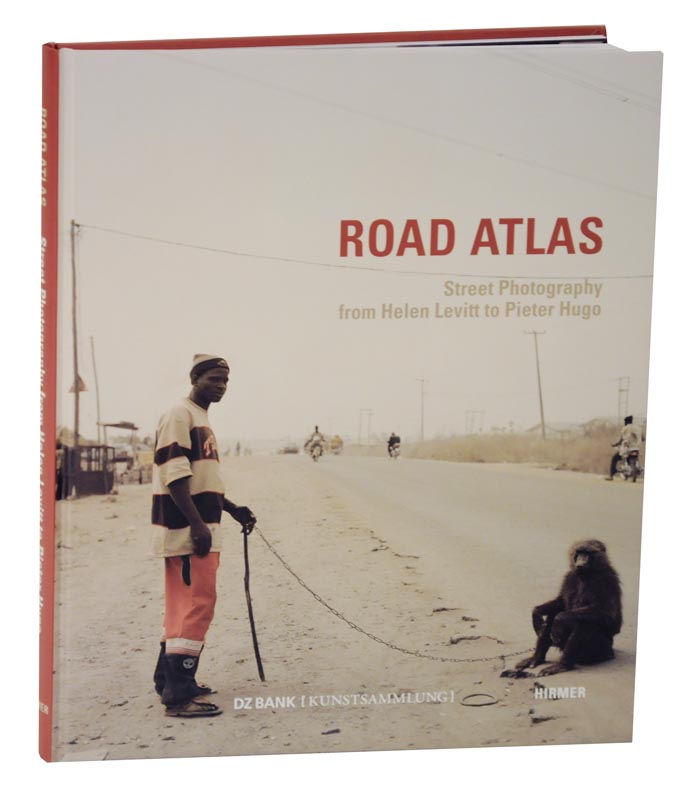
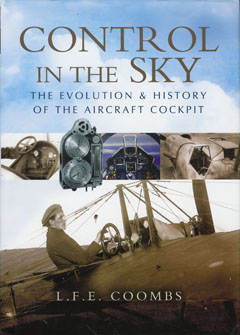

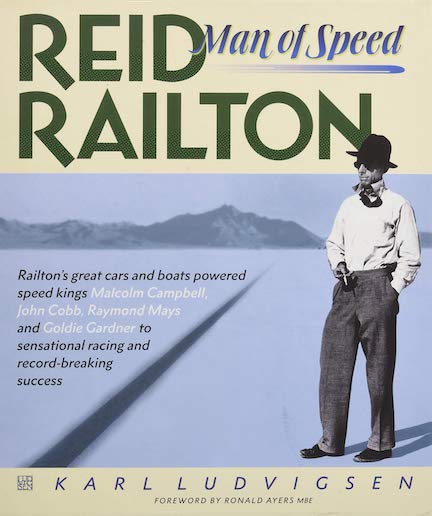

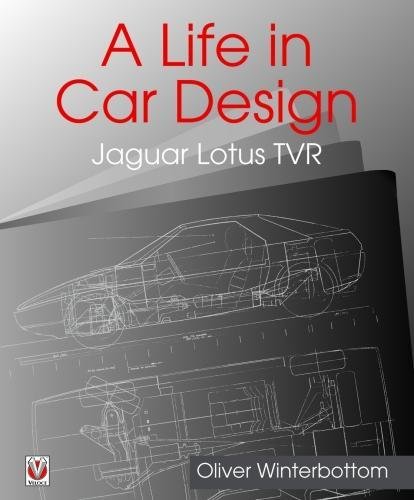
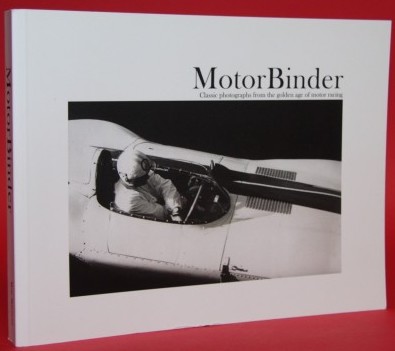

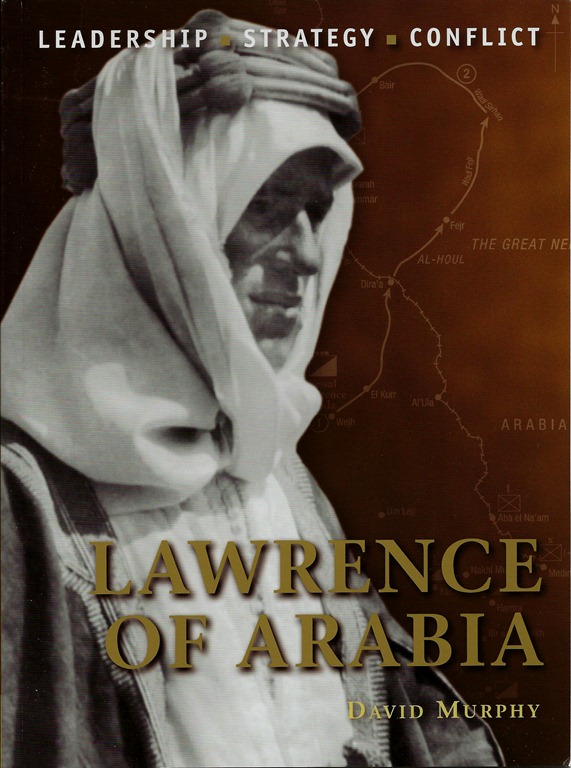
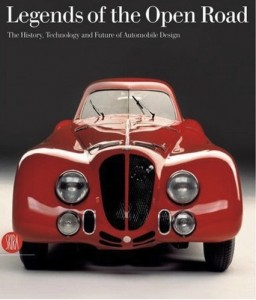
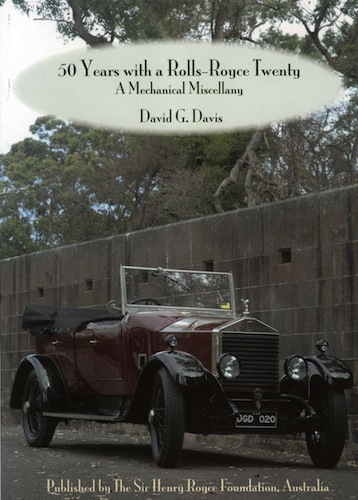
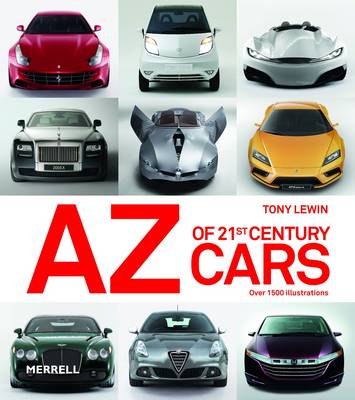
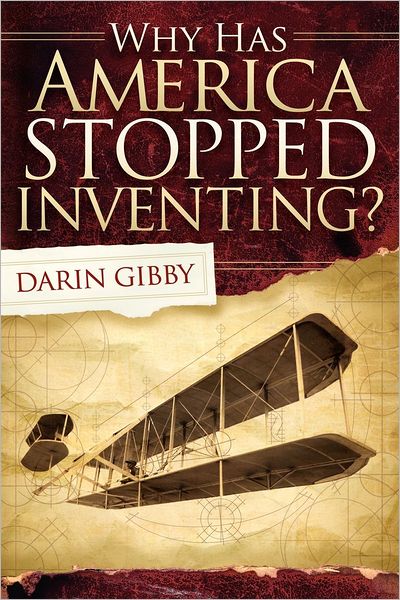
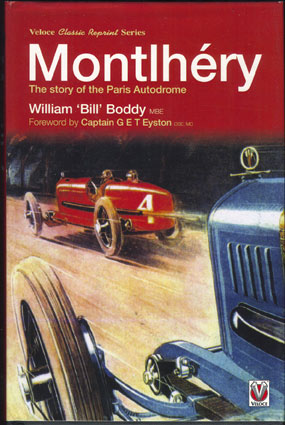
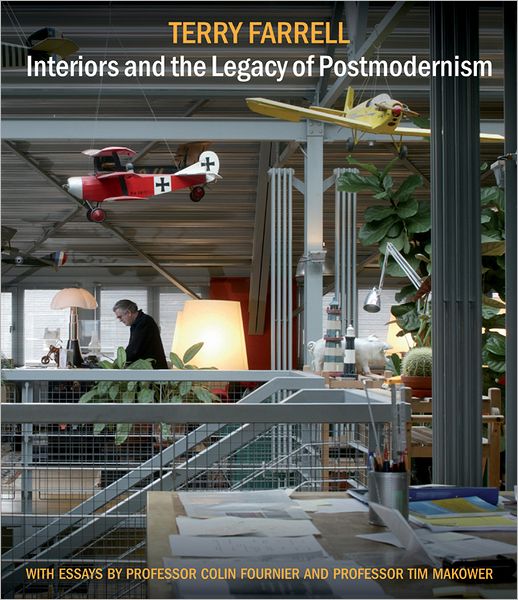
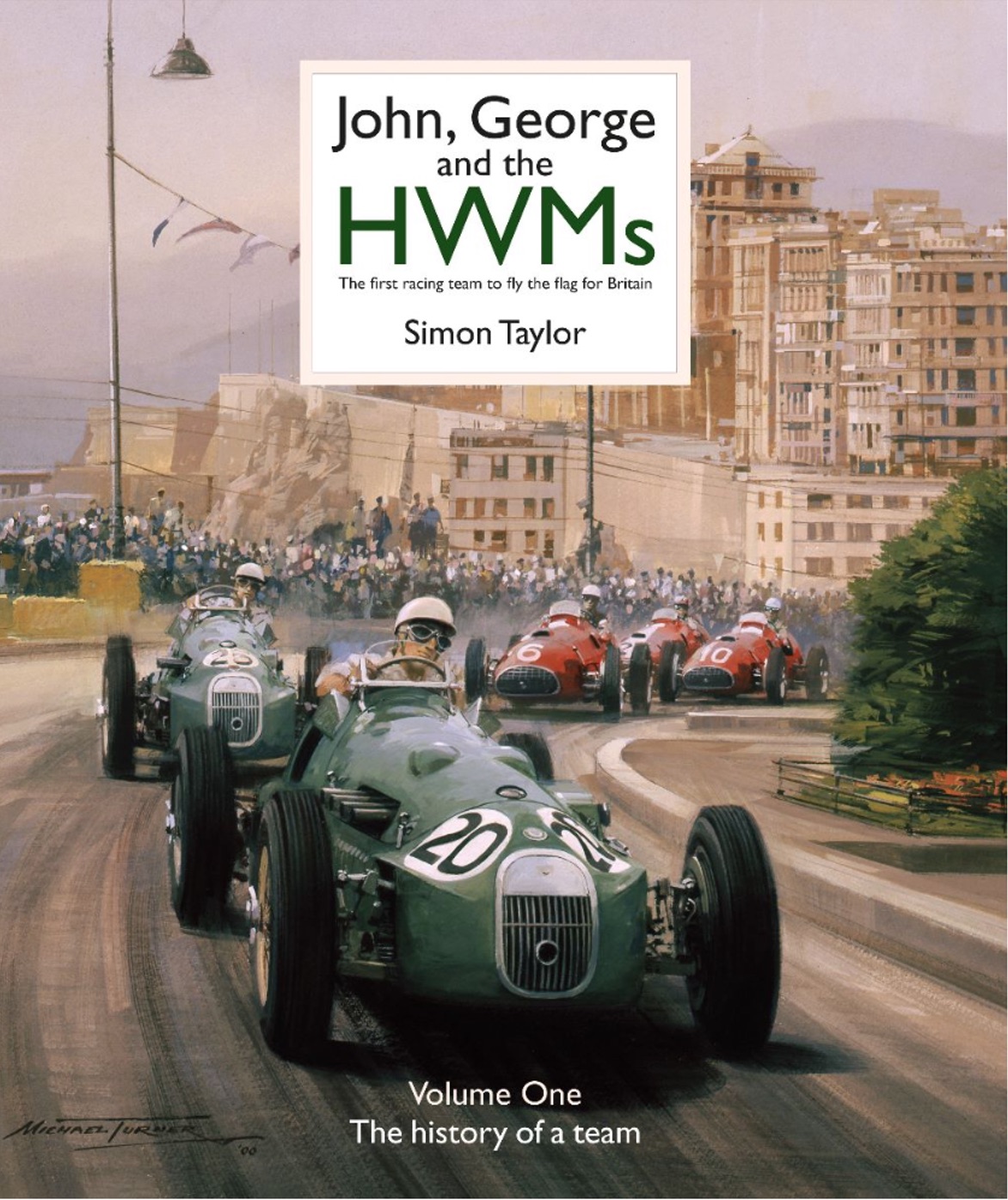
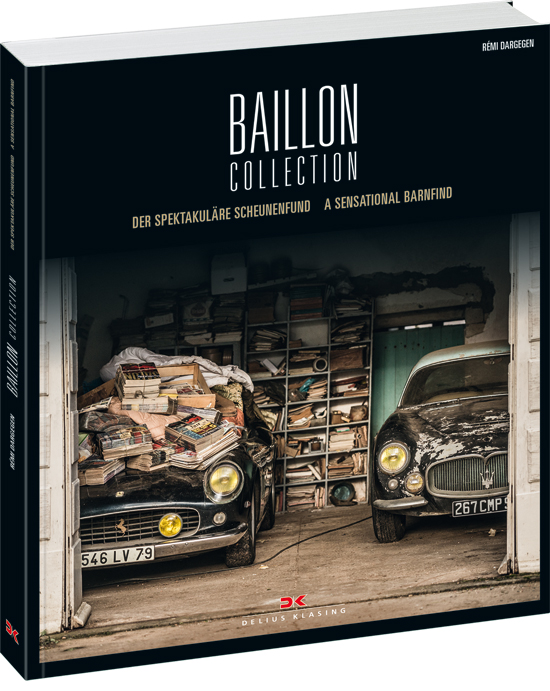
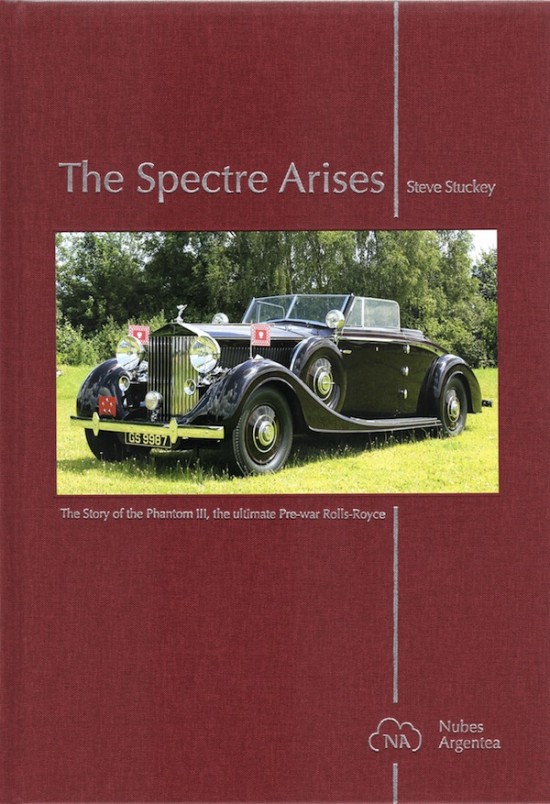
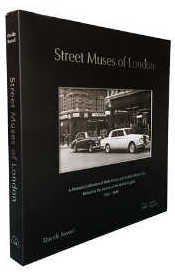
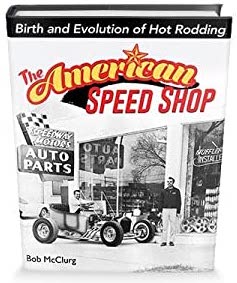
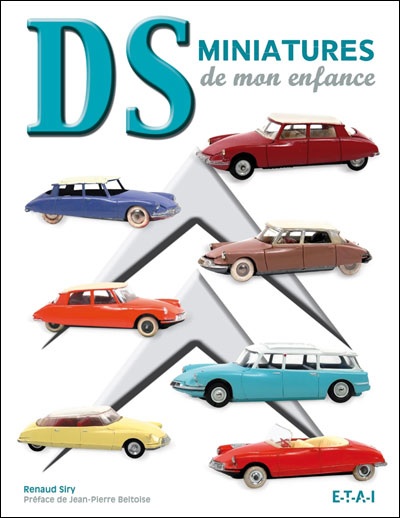

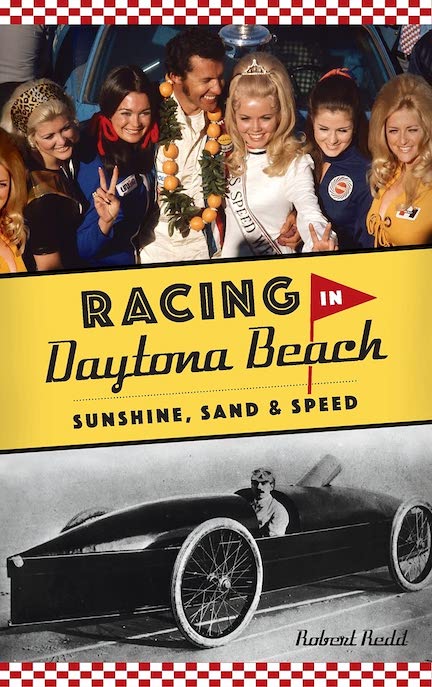
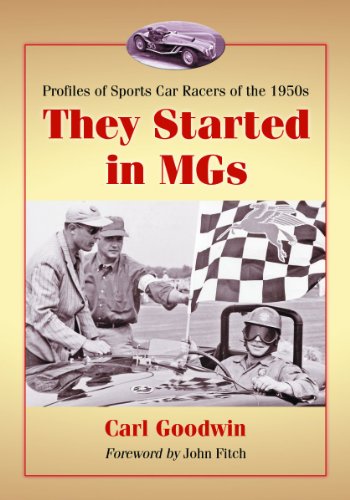

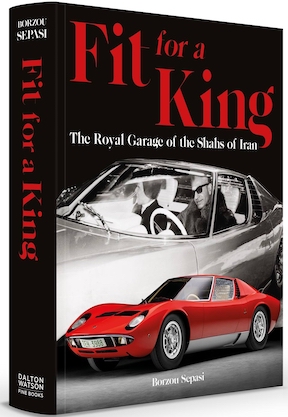
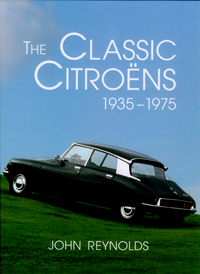
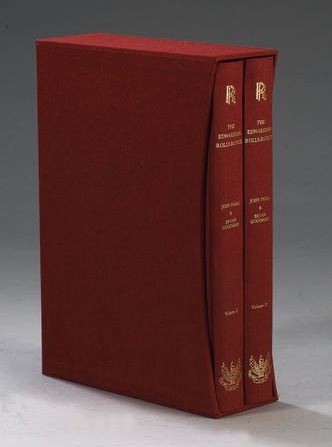
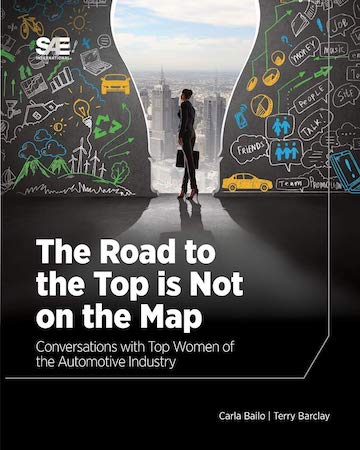
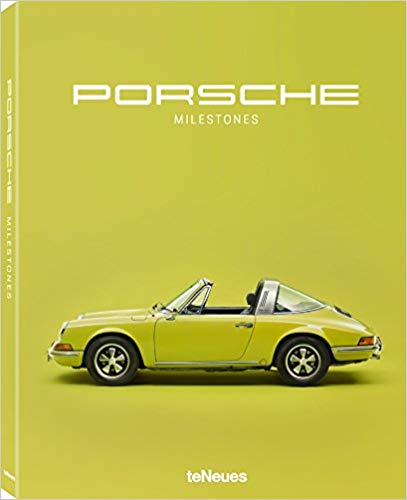


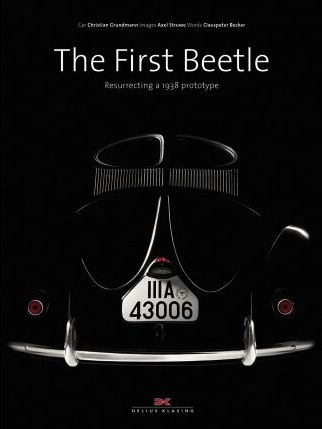
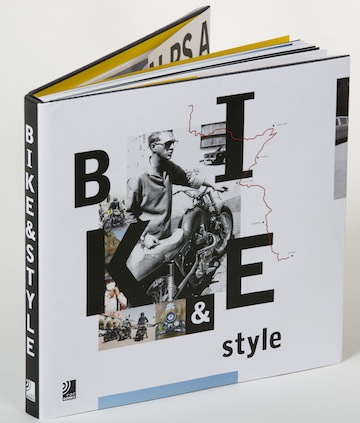
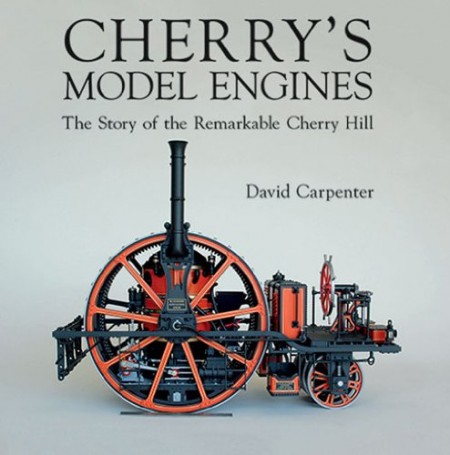
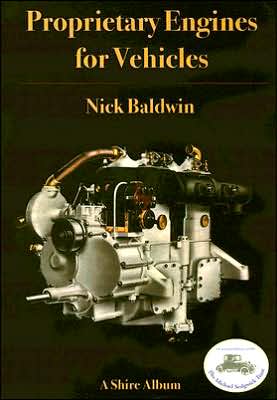
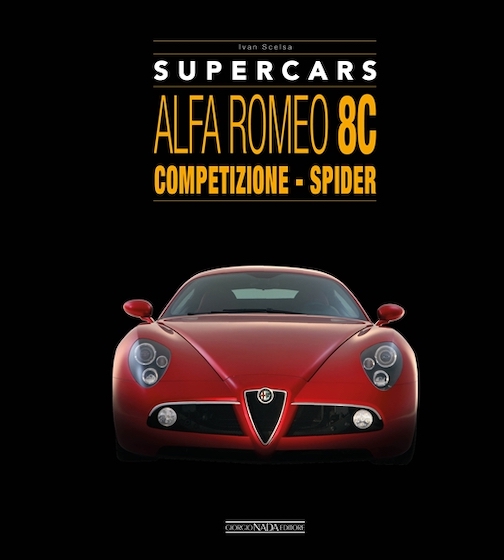
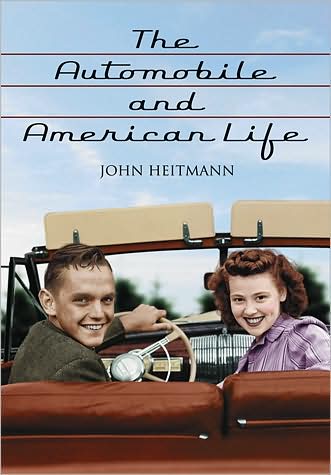
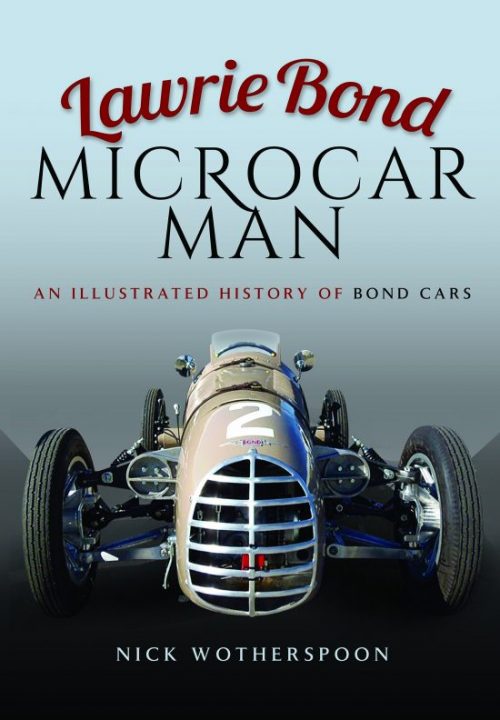
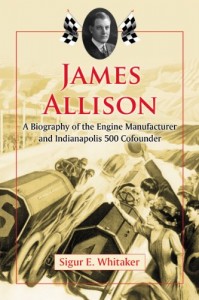
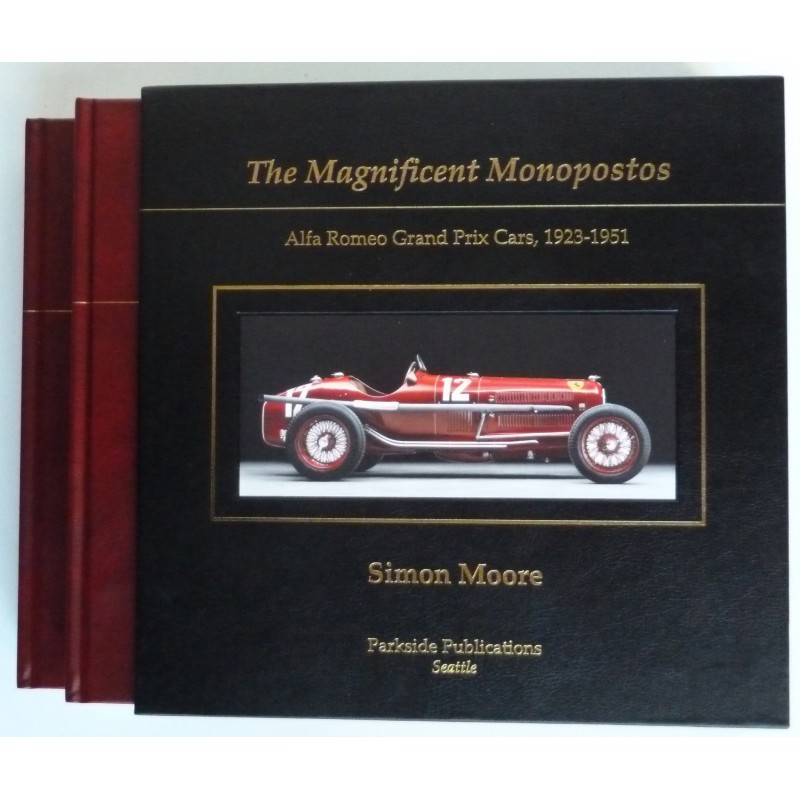

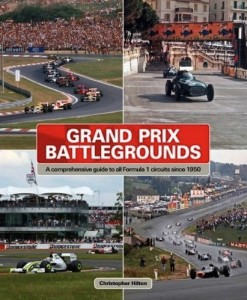

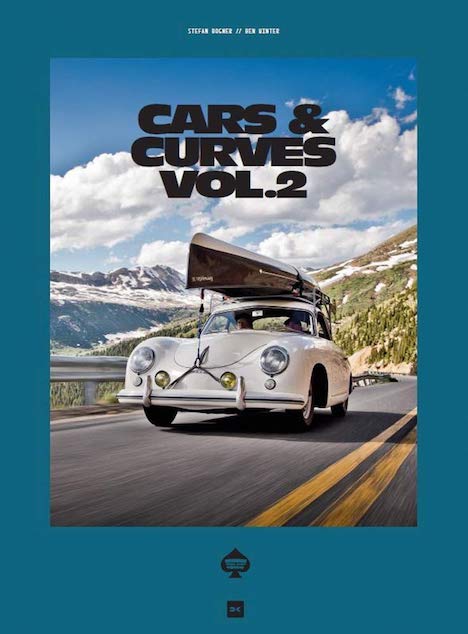
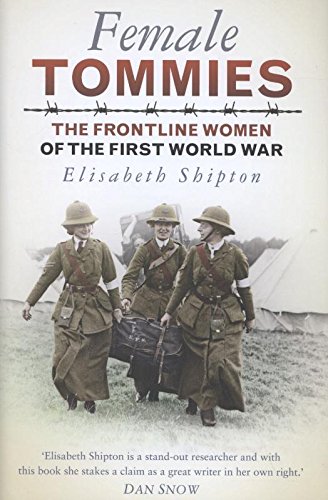

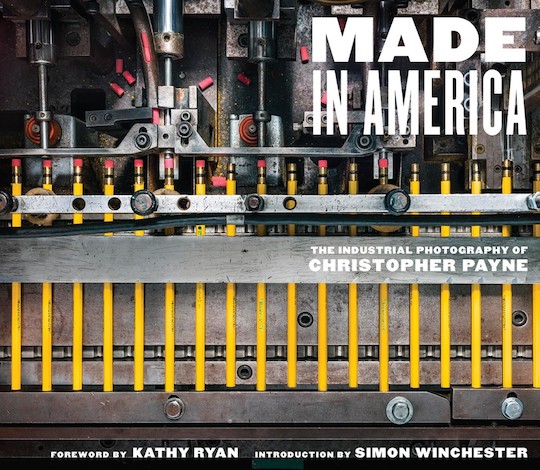


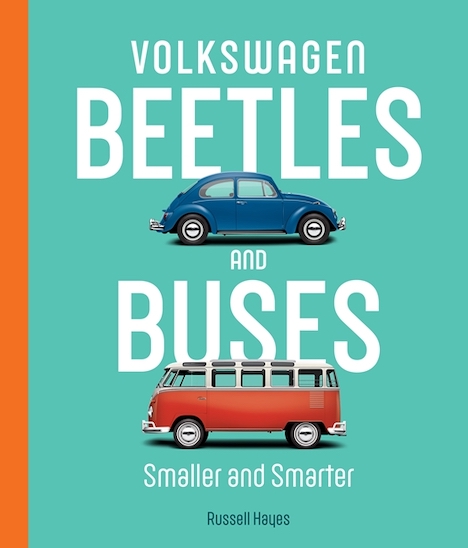
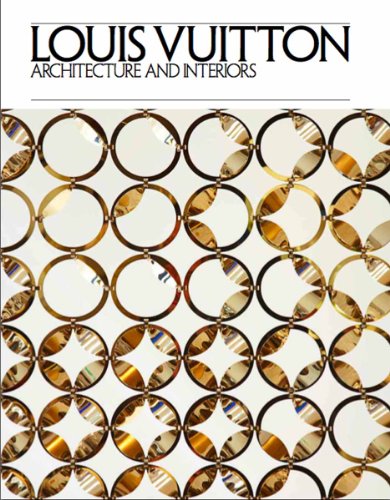

 Phone / Mail / Email
Phone / Mail / Email RSS Feed
RSS Feed Facebook
Facebook Twitter
Twitter